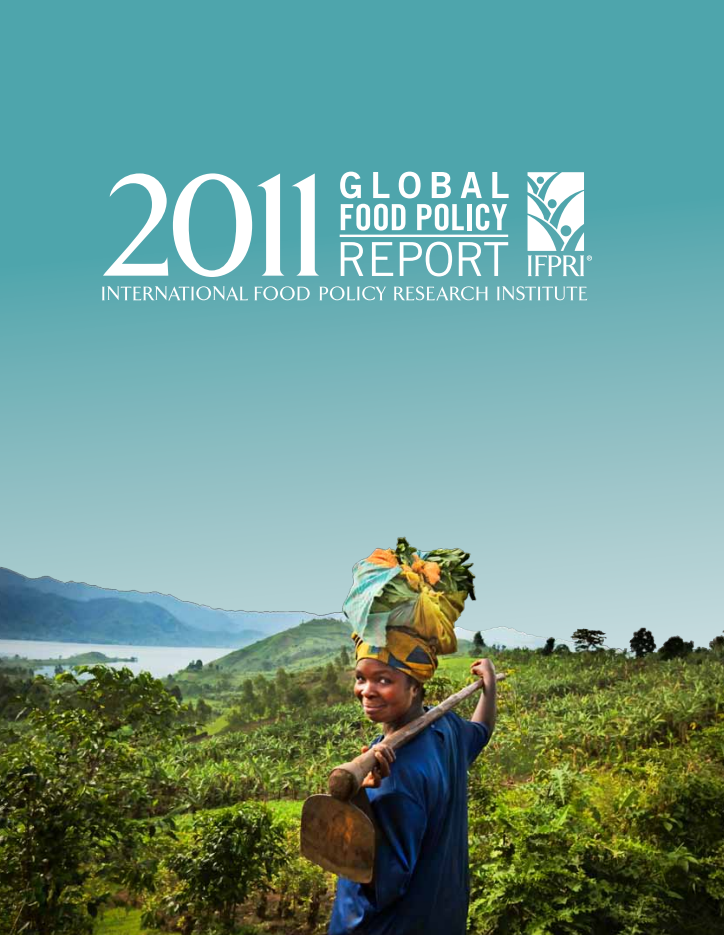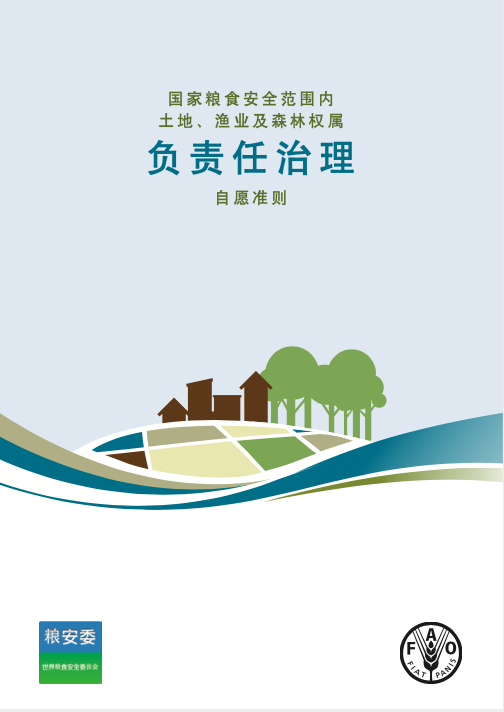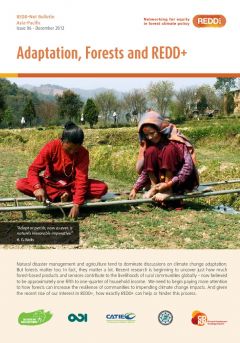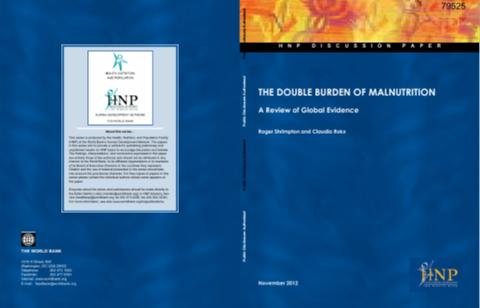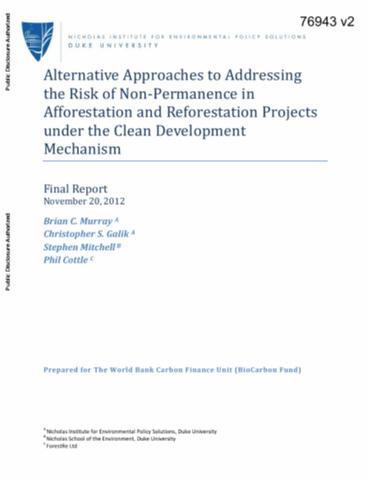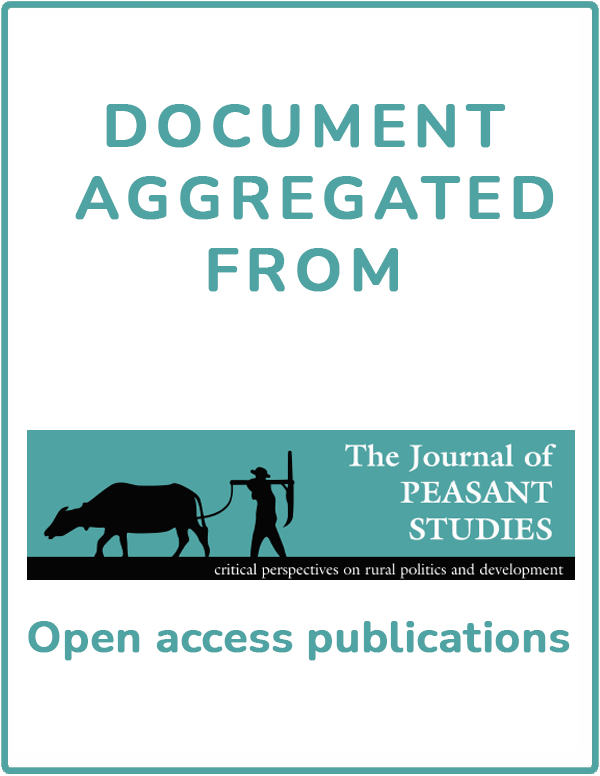Country Investment Brief Zambia - Mapping and assessing the potential for investments in agricultural water management
The Agricultural Water Solutions Project aims to unlock the potential of smallholder farming by identifying, evaluating and recommending a variety of agricultural water management (AWM) solutions - including technologies as well as the necessary supporting policies, institutions, financing arrangements and associated business models. This is being achieved through a series of interlinked activities in the seven project sites in Africa (Burkina Faso, Ethiopia, Ghana, Tanzania and Zambia) and in India (Madhya Pradesh and West Bengal).

